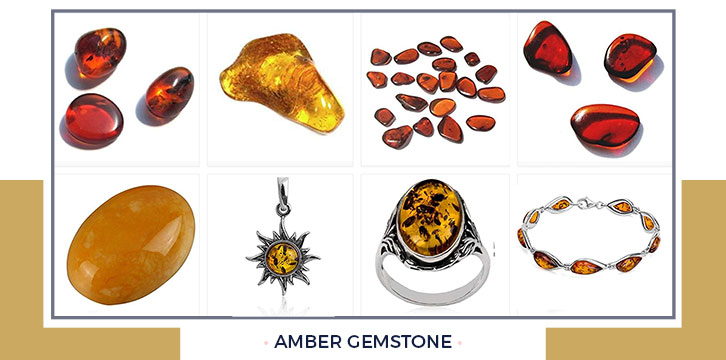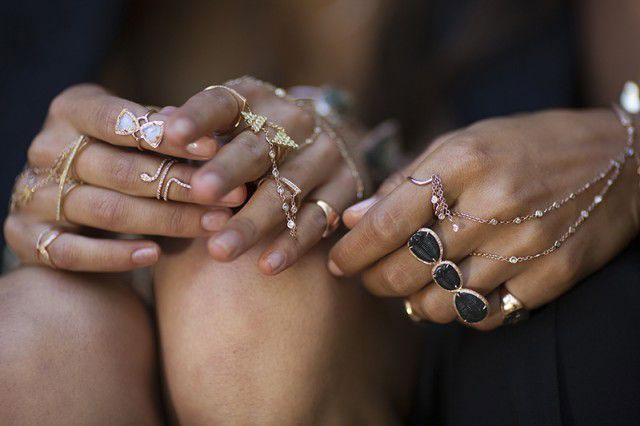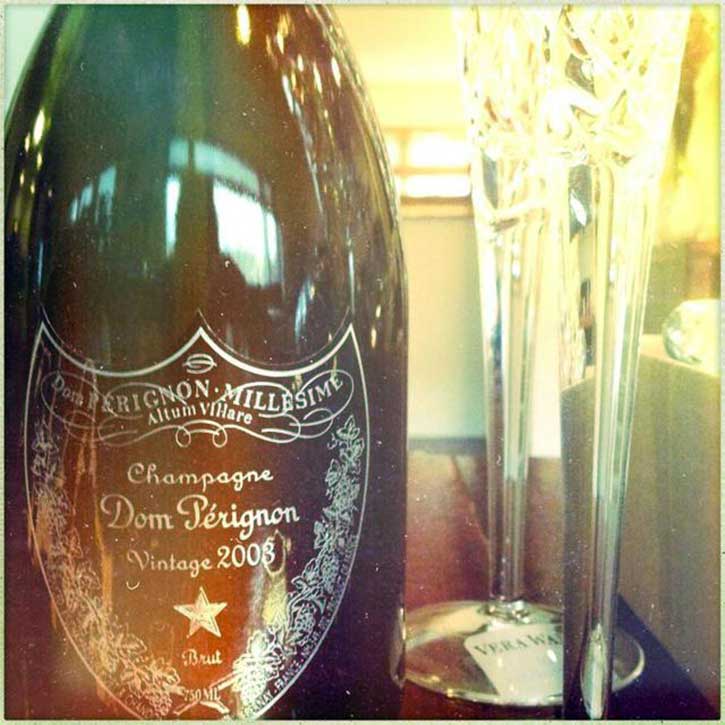How do you know if Amber is real?
Amber gemstones are known for their unique fiery hues and unusual inclusions. If you’re a Jurassic Park fan, you may only know amber as the substance that housed ancient mosquitos (and dinosaur blood). But how can you tell if your amber jewelry is real or fake? We’ll break down some common amber characteristics as well as teach you how to identify whether or not your amber stones are genuine.
Click on the photo to check the Price on Amazon.

What Is Amber?
Amber is a resin that seeped out of trees millions of years ago and became rigid over time.
It’s a common misconception that amber is made out of tree sap. It is formed from plant resin. Amber is yellowish to deep orange or orange-brown in color and is hard enough to be polished for use in jewelry. It’s been favored as a decorative object for thousands of years and has even been prized for its aroma, making it a prime ingredient for perfumes and incense.
Amber can be opaque or clear, and it sometimes contains plants, seeds, insects (like mosquitos) and other items that became trapped as the gooey sap flowed from trees.
How Can I Tell if My Amber is Genuine?
Plastics are sometimes used to make jewelry that resembles amber. Unfortunately, the tests recommended to determine whether amber is genuine or fake aren’t reliable. These tests either won’t work for amber that’s set in a metal or will damage the amber, which we definitely don’t recommend. Here are ways to tell if you amber is real:
Amber floats in salt water, but plastic will normally sink. You can try that method for an amber nugget or strand of amber. Remember, any jewelry set in a metal cannot float, so if you have amber in a metal setting, this test will not work.
Touch a hot needle onto the substance’s surface. If the odor is pine-like, it is probably amber. Plastics and other human-made compounds will produce a chemical-like odor. Beware: this test will damage your amber.
Amber Fakes
Even collectors and museums have been duped into buying specimens that aren’t genuine amber since the texture between amber and bakelite or plastic can be very similar.
Buy your amber from a reputable source, especially if you’re paying a prime price for it.
What is Copal?
Copal is immature amber — let it rest for a few million more years, and it will be the real thing. Some jewelry advertised as amber is made from copal. Even though this can look a lot like amber, these specimens are not true jewelry-grade amber gemstones.
Copal is aromatic and has traditionally been used as incense. It has also been used as an alternative healing stone to amber. Amber is an ancient stone that has been used in meditation and healing practiced for centuries. Some suggest Copal is ideal for people just beginning their meditation practices since the age and history of the stone is not as overwhelming as amber.
What is Blue Amber?
“Blue” amber is a rare variety of amber that exhibits a blue color. The gemstone was has only been found in the Dominican Republic and doesn’t appear to be blue in all types of light. Many experts feel that the blue shading is caused by fluorescence, but a lot still not known about this amber variety due to its rarity.
Amber Gemstones Color Variations
Amber’s color varies from light to very dark, and some pieces reportedly do appear tinted, probably by the colors of the materials trapped inside.
Always assume that inexpensive amber in varied colors either has been manipulated in some way or is not genuine. Much of it is dyed, heat treated or fake. Inexpensive jewelry with insects and other objects “trapped” inside is not likely to be made from genuine amber. Be sure to source your amber for reputable jewelers or antique jewelry dealers so you don’t get duped into a piece of plastic or copal, unless that is what you truly intend to buy.

 Layering Jewelry
Layering Jewelry